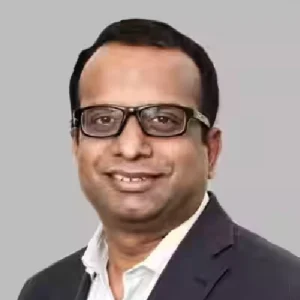We hope you read the Generic Vs Branded medicine leaflet which gives you a fair idea of the process involved in getting medicine from a ‘concept’ to ‘your hand’. The purpose of this blog is to educate you about the basics of medicine and therapeutic drug use.
Drug invention is a very long-winded process consuming decades of time and a lot of money. When it finally goes through the phase of a clinical trial, the drug may be found to be effective in the condition for which it was made, and based on the evidence or proof of information, the licensing authority may grant a license to treat the disease. This means the drug is licensed to treat this disease.
Licensing comes with many terms and conditions (T&C) attached, for example – a country where it can be sold, the age group in whom this drug can be used, the dosage which is recommended, for (tablet or liquid or capsule), ingredients including preservatives, etc. When medicine is prescribed outside these T&Cs, it is called an unlicensed or off-license drug/prescription.
Some common scenarios that we may all encounter these situations:
1. Paediatric/Children: Most drugs are developed with clinical trials in adults, used for years, and based on the outcome (positive effect) they will be permitted to be used in children. This may take years or even decades depending on how commonly the disease occurs in society and also based on the ease of drug availability. This by no means is an automatic process and the company that wishes to get a license for use of their medication for children must go through the process of licensing which consumes vast amounts of money and time, hence it may not always happen.
Sometimes, clinicians based on the experience of adults may have to use the drug without waiting for the licensing. This is a common practice and most drugs meant for children are off-license or unlicensed due to this reason. This is a practical challenge in children and is permitted by health authorities in their directives to permit the prescription of unlicensed medicines. In 2009, A study by Tomlin S et al. found that about 50% of drugs used in children had not been studied in that age group, meaning it was not licensed for children.
(Making medicines safer for children—guidance for the use of unlicensed medicines in pediatric patients. Berkhamsted: MGP Ltd, February 2009).
In 2007, the European Union and the United Kingdom issued a directive to Pharma Companies to include children in their clinical trials and obtain a license for use of medicines in children. Keeping rules and regulations aside, how many of us would consent for our children to be a participant in a new drug trial? Most of the time, the answer would be a resounding NO.
It will possibly take years before the current situation changes.
2. Medications Are Used In Countries Where It Is Not Licensed: An example would be the drug Vigabatrin (Sabril) used in neurology is not licensed or manufactured in India even though it is an essential drug.
3. Any medicine that was licensed for one disease, but over the years a beneficial effect was found in treating or curing another health condition/disease: In such cases, before a pharma company takes initiative to go through the legal process and get a license, doctors may have to prescribe this medicine to give a fair chance to the patient. This is called ‘drug repurposing.
For example, Gabapentin was developed for treating epilepsy for which it is still used. It was also found to be an effective pain killer. Today, Gabapentin is more commonly used as a pain killer than an anti-epileptic drug.
IS IT SAFE FOR US TO USE OFF-LABEL OR UNLICENSED MEDICATIONS?
All these medicines have gone through trials and have proven to benefit. However, no medication is risk-free. Unlicensed Medicines are used only when the prescriber is convinced that the concerned drug has benefits that outweigh the risks involved.
As stated above, consumption of unlicensed medicines is deemed to be safe by medical practitioners in cases where licensed ones are unavailable. However, such medicines must be prescribed by a doctor and taken under their supervision. Please consult your doctor before you start taking any medication. The differences between licensed and unlicensed medicines are something that the general crowd should know about. We hope that we were able to provide you with the right information.

Dr C P Ravikumar
CONSULTANT – PEDIATRIC NEUROLOGY
Aster CMI Hospital, Bangalore